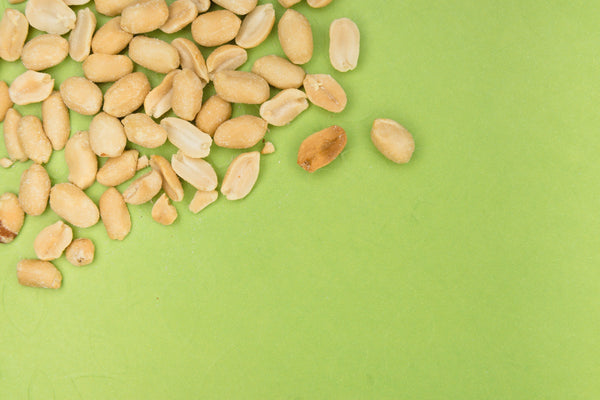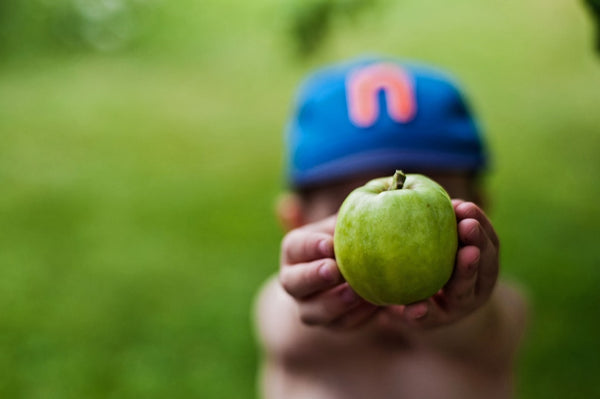Have A Picky Eater On Your Hands? The Science Behind Picky Eating
share this article

Being the parent of a picky eater can feel overwhelming. Picky eaters can often hinder their own health by eliminating nutrient-dense foods for (usually) long periods of time within childhood. Many times children do not actually dislike as many foods as we think- it’s that they may have different taste preferences than adults and older children! Bitter and sweet foods taste different to children than they do to more mature pallets. Besides the biology, there are other factors that influence picky eating habits and unfortunately this prolonged behavior comes with its fair share of consequences
Why Kids Are Picky Eaters
Kids can have a variety of reasons why they do not like certain foods or have specific food preferences, but one area of research looks at toddlers’ sense of awareness to certain foods in their environments. For example, they found children with sensory processing difficulties had a harder time trying new foods, and often refused foods even if it was the only food offered [1]. This makes sense if you think about it from the lens of a child- suddenly their parent wants them to try something mushy, strong scented, or visually unappetizing- and it sets off alarms in the brain. In a different light, children who are exposed to adventurous familial eaters from a young age are more likely to be more outgoing with taste, smell, and texture overall.
Think about it like this- if you’re a picky eater, your child is much more likely to develop similar eating habits… because they watch you eat. Research has found that when you sit down at the table to eat a family meal and offer your child the same foods as you are eating, they are more likely to try new foods [2]. Although, this research is then slightly contradicted with evidence showing that parents who push foods onto their children in a more controlling or coercive manner receive more food refusal feedback from their children.
-
Buy Now
Join the
Happy Gut Club
Daily reads to help your little ones lead happier and healthier lives.
3 Steps to Prevent Picky Eating
So, what action can you take to prevent your child from a lifetime of picky eating? There are an easy three steps to follow: [1] exposure, [2] acceptance, and [3] sharing.
[1] Exposure relates to repeated exposure of new foods on your toddler’s plate or in meals.
[2] The next is acceptance. If your child ignores or dislikes a food for a day or two with exposure, move on and try something different.
[3] Finally, sharing. Share meals with loved ones, at one table, and exposing your child to adults enjoying food is encouraging for them to witness.
A common side effect to picky eating is a lack of nutrients which can lead to less than optimal digestion and constipation. Many foods that picky eaters gravitate toward are processed and contain little to no fiber. This can wreak havoc on a little one’s digestion! One useful nutrient that will benefit your child’s overall digestion is prebiotic fiber. Begin Health Growing Up Prebiotics offer 3g of fiber per serving to help fill in the gap that can cause constipation in picky eaters.
Summary
Children can become picky eaters for a myriad of reasons. To help them introduce nutritious foods into their diet, expose them to new foods repeatedly, if they are not accepting a new food move on from that food and try again at a later date, lastly as parents we are a constant guide, allow your child to see you eating a variety of foods and offer to share those foods with your kids. If you child struggles with digestive health issues from chronic picky eating, Growing Up Prebiotics can help to repair the gut microbiome while offering 3g of fiber per serving.
















